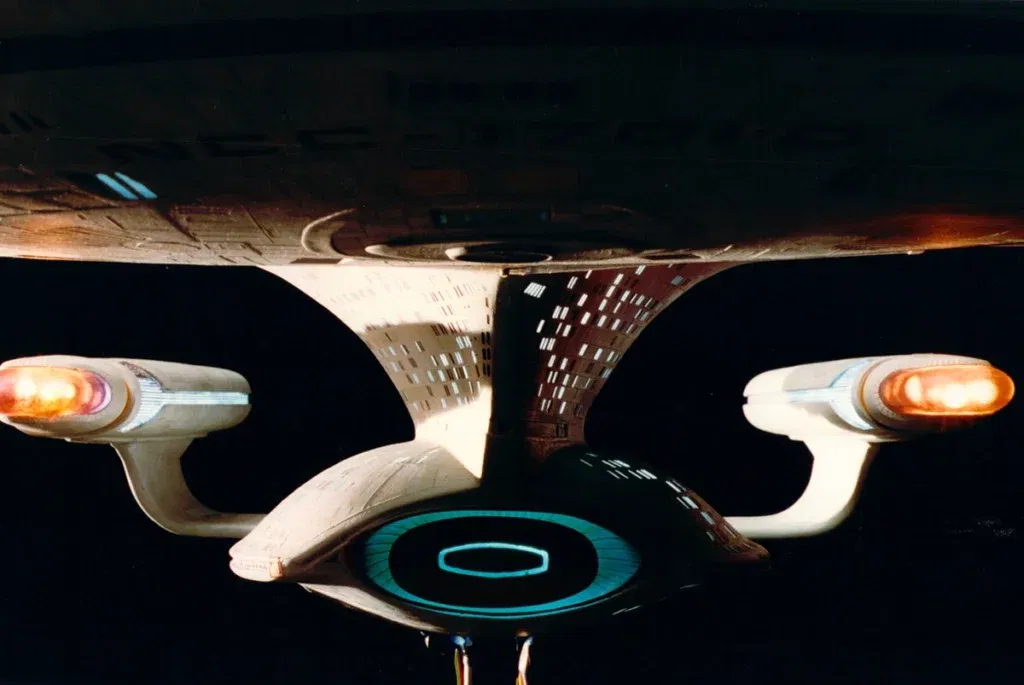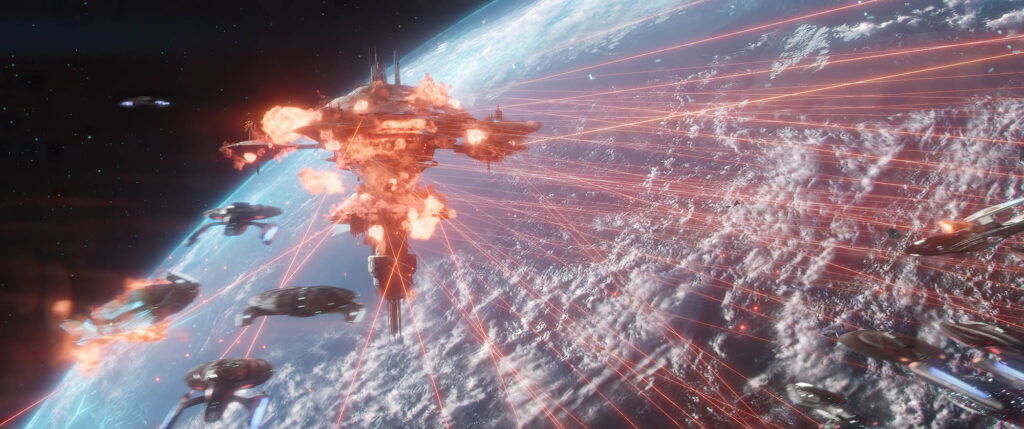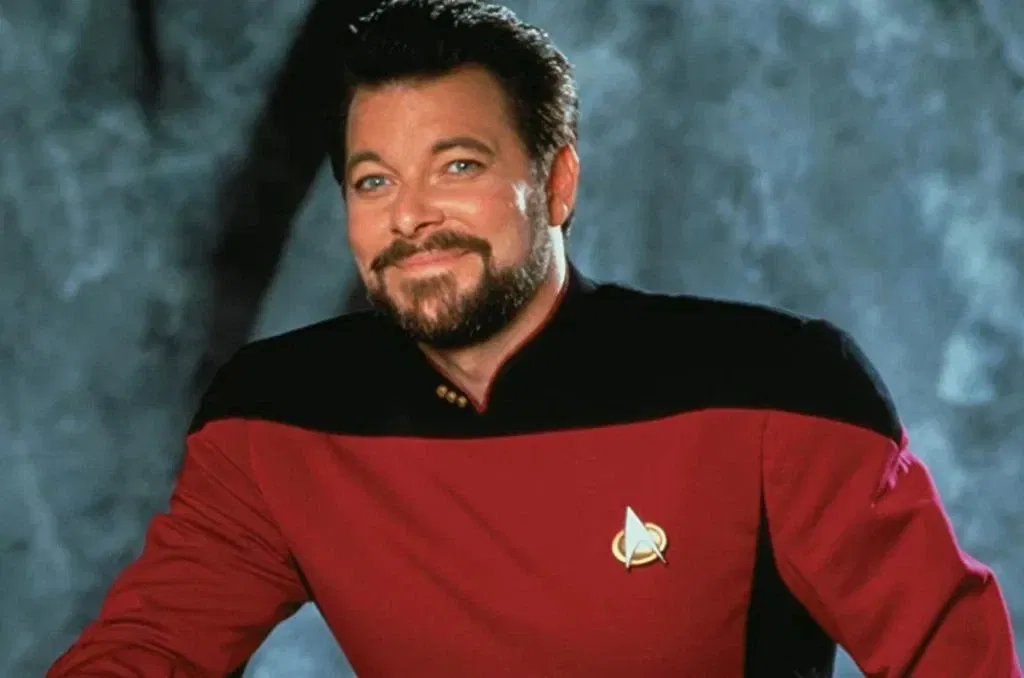
Jonathan Frakes explained why newer shows in the Star Trek franchise have inconsistent VFX and CGI. In a Reddit AMA, Frakes joined writer Ken Lazebnik and science consultant Andre Bormanis to ask fans’ burning questions about the franchise. Among other things, the director and actor explained the reason behind Star Trek’s VFX woes.
The franchise has largely been successful in the longer format, with the original series starting out as a TV show. Unlike its competitor sci-fi franchise Star Wars, which only got into streaming and TV after the movies, Star Trek has always been a TV-friendly IP. Hence, a lot of time crunch has reportedly led to some inconsistent quality in the VFX.
Jonathan Frakes explained why the newer Star Trek shows have VFX issues

While it is tradition for cast members to direct an episode in Star Trek, Jonathan Frakes has been the most prolific of the lot, along with LeVar Burton. Frakes joined the franchise as an actor, playing William Riker in The Next Generation. However, by season 3, he began to helm episodes and is credited with directing some of the best in the series.
Frakes went on to direct several episodes on TV, including other Star Trek shows like Enterprise, Deep Space Nine, and the newer ones. He is usually assigned some of the more experimental episodes, like the crossover with Lower Decks in Strange New Worlds, as well as TNG’s best time loop episode, ‘Cause and Effect’.

The franchise has been running for over sixty years, and naturally, with time and advanced technology, there have been visual changes in the shows. However, one complaint about the newer shows, such as Picard, Discovery, and Strange New Worlds, is the inconsistency in the quality of VFX. The creative direction is not as coherent as the older TV shows.
In a Reddit AMA, a fan asked Frakes what could have been the reason for this, and the answer was pretty simple: money. And of course, time. He mentioned that the newer shows have different episodes being handled by different VFX houses, and hence, the inconsistency.
While a multi-billion-dollar sci-fi franchise can not have the excuse that there is a money crunch, this seems to be a common problem among large-scale predictions. Movies from the past few years have constantly received criticism for their VFX, mostly due to tighter turnaround times.
Jonathan Frakes revealed why newer shows have fewer episodes than their TV predecessors

Jonathan Frakes is one of those filmmakers who seems to have transitioned successfully from the TV to the streaming era. While he joined the industry as an actor, he found a second career directing for TV, and even got to helm the best TNG original film i.e., First Contact. He has certainly seen it all when it comes to changing landscapes.
The streaming era has definitely brought many changes in the way long-form storytelling is mounted. While TV shows used to have a pilot that determined whether the network would pick it up or not, streamers began to give series orders from the get-go, and they were also released at once. This also meant fewer episodes in a single season.
Star Trek shows TNG and Voyager had over twenty-two hour-long episodes per season, but the Paramount+ shows like Picard and Strange New Worlds are capping it at ten. When asked what the reason was for the shift in quantity, while the shoot time was still over a year, Frakes said (via Reddit),
The quality of the other work on TV …the expectations of a tech savvy sophisticated multitasking audience …the level of magic that VFX and the AR wall add to the process.
His co-panelists on the AMA also mentioned that the streaming model worked that way, and while several of these series release weekly episodes, the quantity still follows the same model.
Star Trek: TNG is available to stream on Paramount+.
This post belongs to FandomWire and first appeared on FandomWire